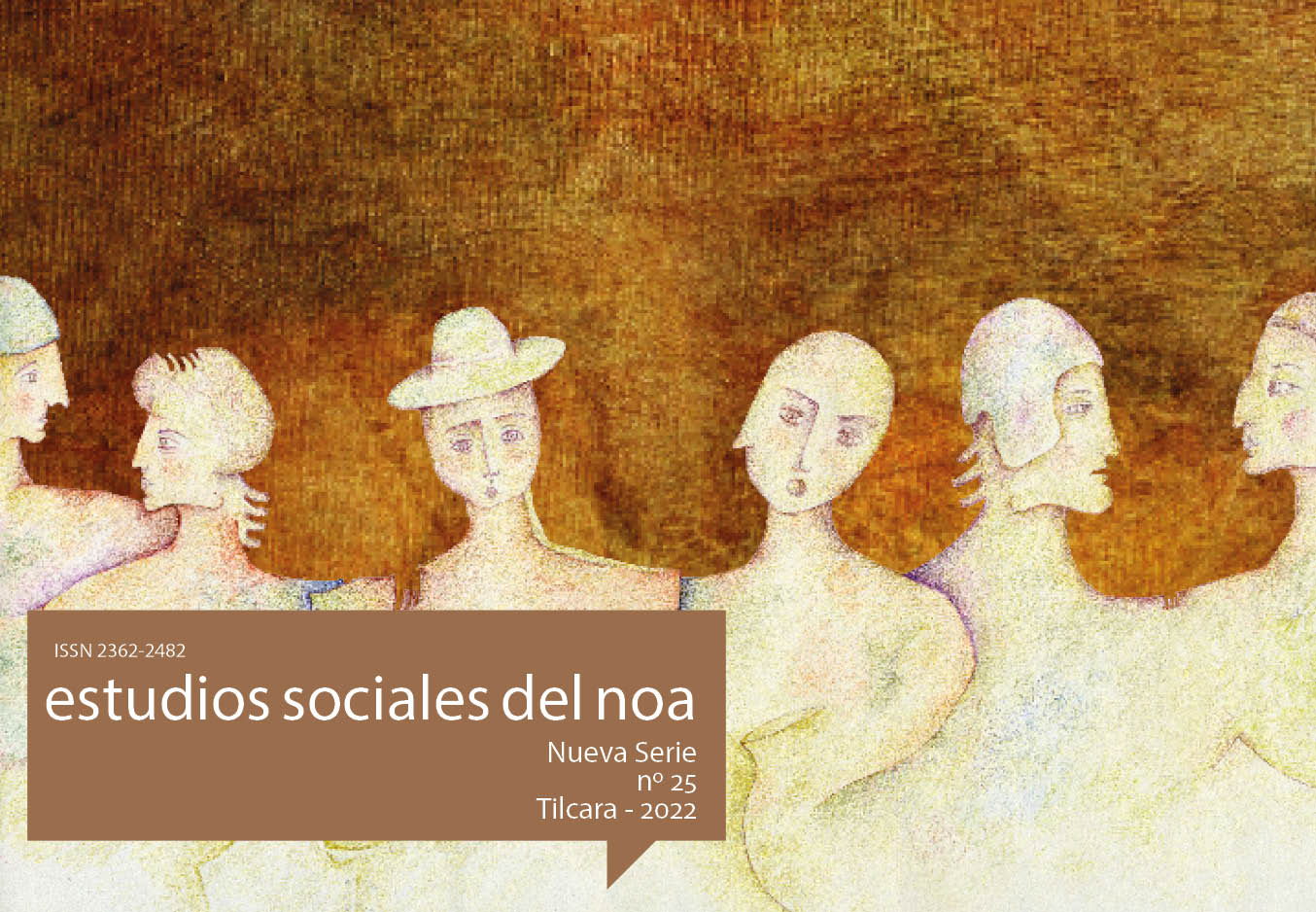We’re Puneños!
Description, analysis and history of the Atacameña Puna Community
Abstract
The objective of this research is to carry out a brief description and historical-social analysis of groups that have historically occupied the highlands of the Atacama called the Puna, this is to the east of the Antofagasta Region, Chile. For more than 20 years, the groups known as Puneños have felt homogenized and made invisible in the processes of indigenous recognition by the Chilean State. The puneños have been absorbed into indigenous forms that do not agree with their cultural and organizational tradition. Starting from their own perspective and knowledge, they changed the parameters within the current indigenist policy, and after a long process they achieved state recognition as the Atacameña de la Puna Community. This work is based on memories and interviews that are collected in a report prepared by the authors at the request of the Puna families with the purpose of presenting a historical, anthropological and legal basis to justify and request their admission as an Atacama community before the Corporación Nacional de Desarrollo Indígena (CONADI). The content of this document was a fundamental piece for the recognition of the puneños, since it shows evidence of their experience and details historical processes that have been little recorded until now. This article includes part of the ethnographic and historical information given by Puna families through interviews, visits to the Puna and participant observation in Puno activities and practices during the years 2012-2015. The testimonies and experiences shared by the interviewees are fundamental proofs that demonstrate the validity of the Puna groups as an important component of the Atacameño indigenous people.Downloads
Authors who publish in this journal accept the following conditions:
- The authors or translators retain the copyright and assign to the journal the right of first publication, with the work registered under the Creative Commons Attribution-NonCommercial-ShareAlike 4.0 International, which allows third parties to use what published as long as they mention the authorship of the work and the first publication in this journal.
- Authors may enter into other independent and additional contractual agreements for the non-exclusive distribution of the version of the article published in ESNOA (eg, include it in an institutional repository or publish it in a book) as long as they clearly indicate that the work was first published in this journal.












